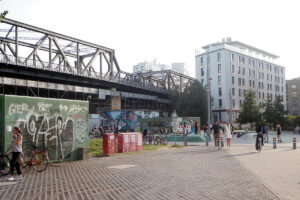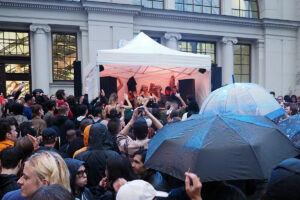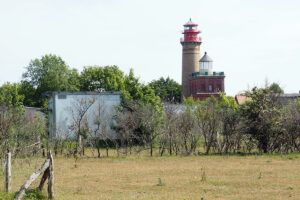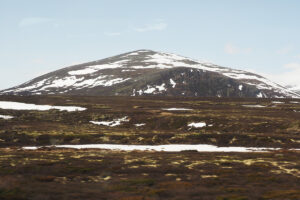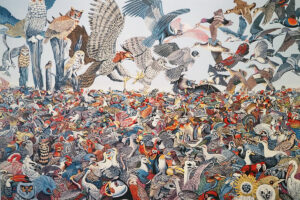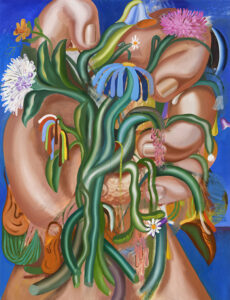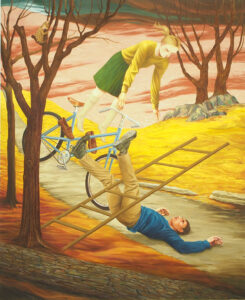Friday, May 17
Delta 361 DTW > SFO
The Lab
Small Press Traffic
Hal Foster, Unseen
@ Et al. Gallery
May 17 is a triangular nexus in my calendar: birthdays of Lyn Hejinian, Kit Robinson, and Kathleen Frumkin, often celebrated with light remarks about page turning and celestial inevitability. Now that has changed, while the date remains as an index. On that date, Carla Harryman and I determined to travel west, to reconnect and make new connections, prompted by Lyn’s passing but multi-tasking as usual. File under “persons”: “Leaving tomorrow AM for one-week tour of the West Coast (San Francisco, Alameda, Berkeley, San Diego), focusing on people, the best kind of travel,” I wrote on Facebook. But “persons” are an index as well, to their activity and the contexts that surround them. Thus we encounter them.
Andrew Smith, for instance, was a person not known to me—but it was a fine meeting. In his role as director of The Lab, he is the custodian, as it were, of its history as well as current reinventor of its mission. Space and time: The Lab was founded, I read, 39 years ago, which I know as one of my first promising students, Laura Brun, was its cofounder. At the time I was teaching—I think for three semesters, but it may have been two—for the Center for Experimental and Interdisciplinary Arts at San Francisco State. My credentials were minimal: emergent poet and editor making an uproar on the San Francisco scene, represented by readings and publications—reputational capital enough for contingent appointment, though it would not last (I remember the day I turned in my keys and ID after my appointment was not renewed). Nor would the program itself. But its success, and mine, was the students, memorably Laura—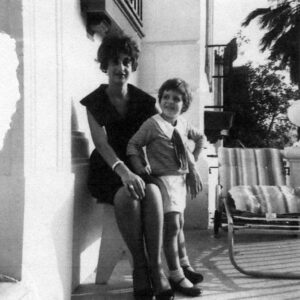 while a number are visible on social media and are doing things in the arts. Laura was dedicated to the cause, and she put in her time getting The Lab up and running at a storefront on Divisidero Street. Among the start-up arts spaces from the 70s and 80s—Capp Street, 80 Langton Street, Project Artaud, ATA—The Lab is one of the survivors, along with Small Press Traffic; many others have gone down. And Laura, too. … More
while a number are visible on social media and are doing things in the arts. Laura was dedicated to the cause, and she put in her time getting The Lab up and running at a storefront on Divisidero Street. Among the start-up arts spaces from the 70s and 80s—Capp Street, 80 Langton Street, Project Artaud, ATA—The Lab is one of the survivors, along with Small Press Traffic; many others have gone down. And Laura, too. … More


